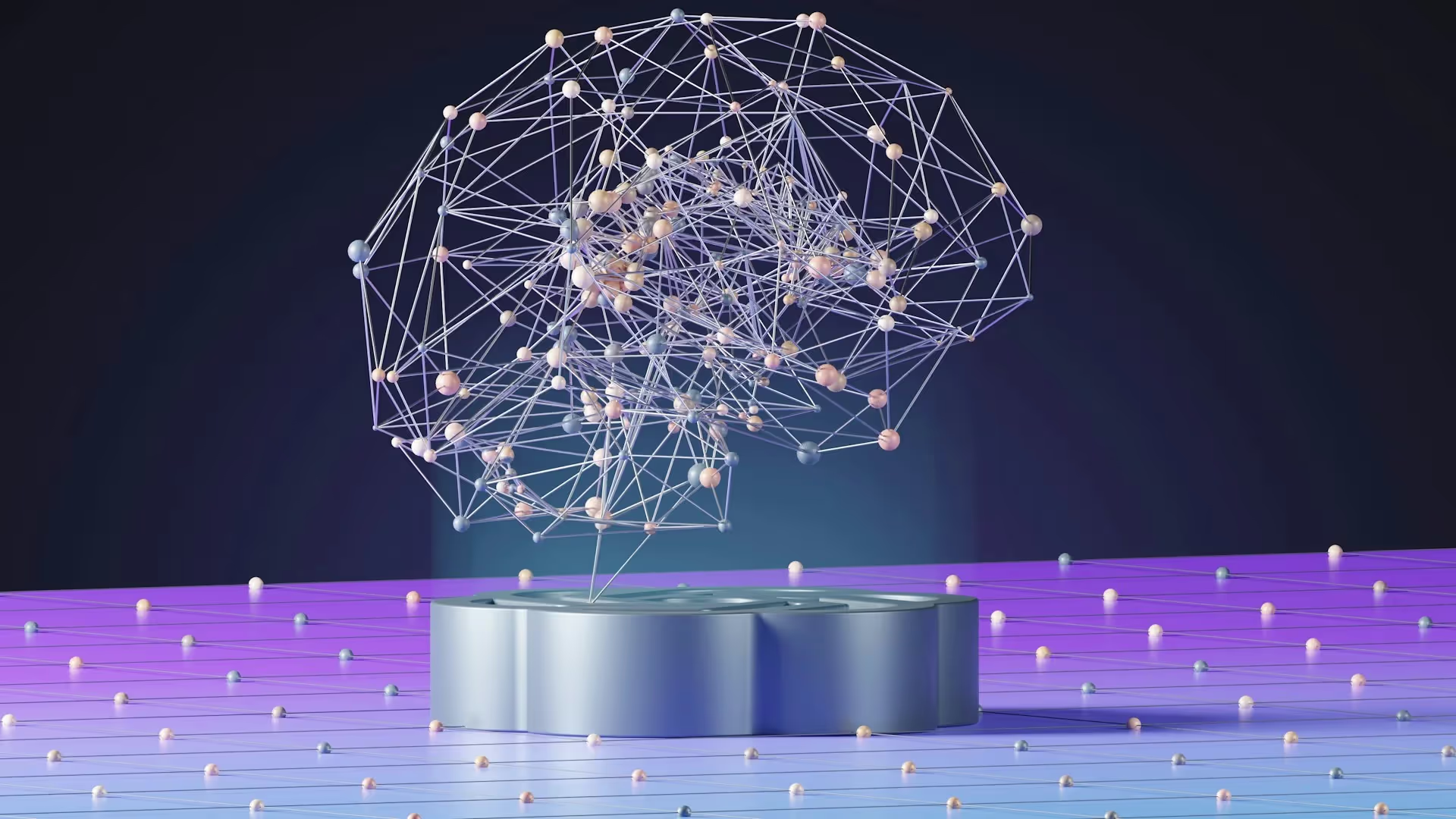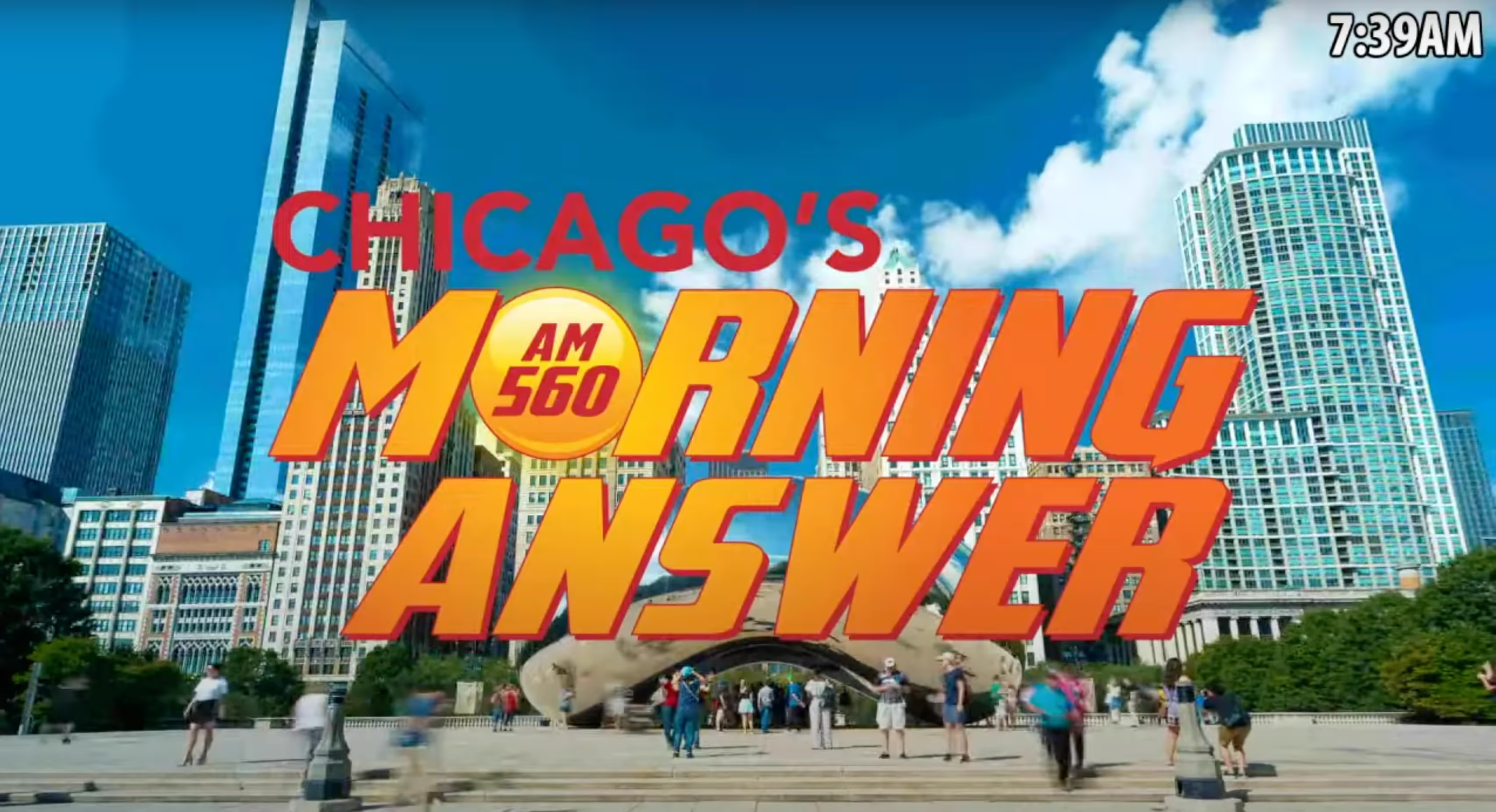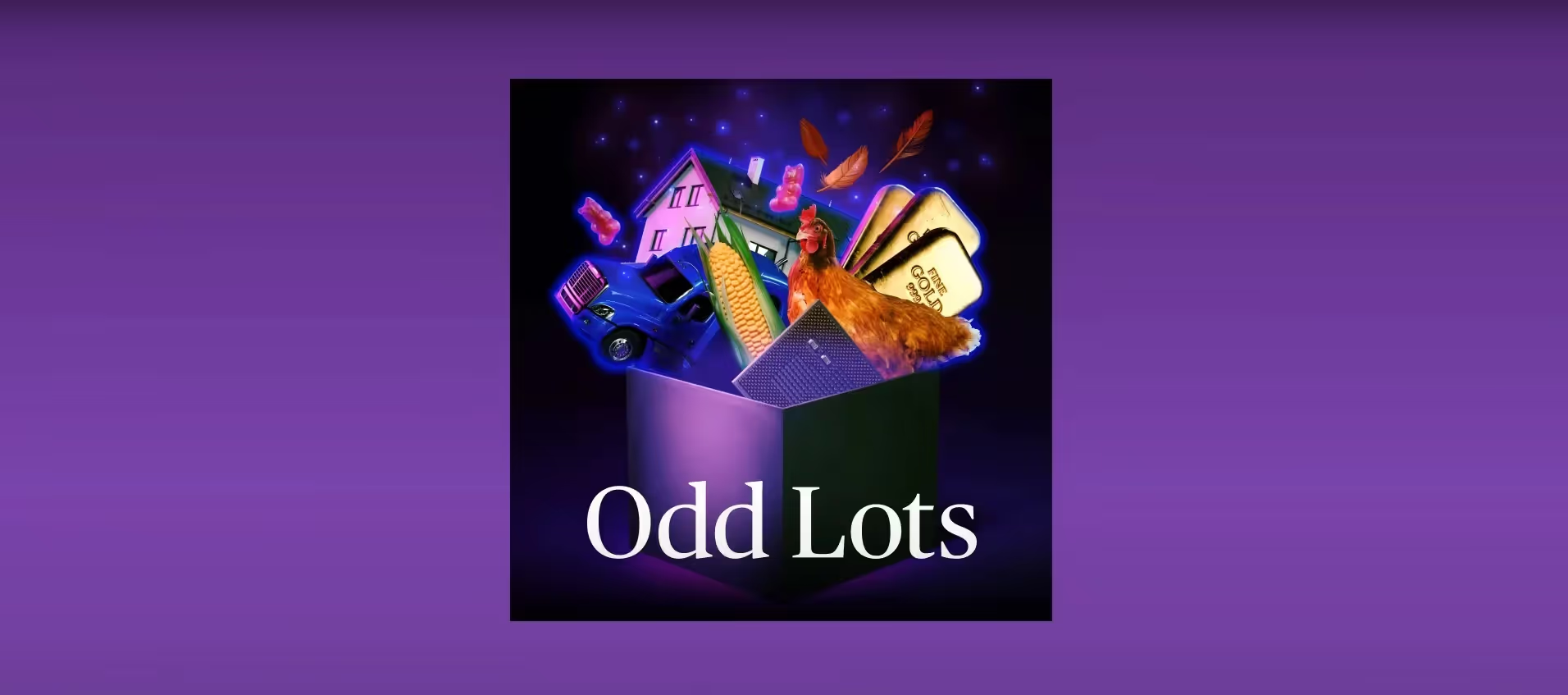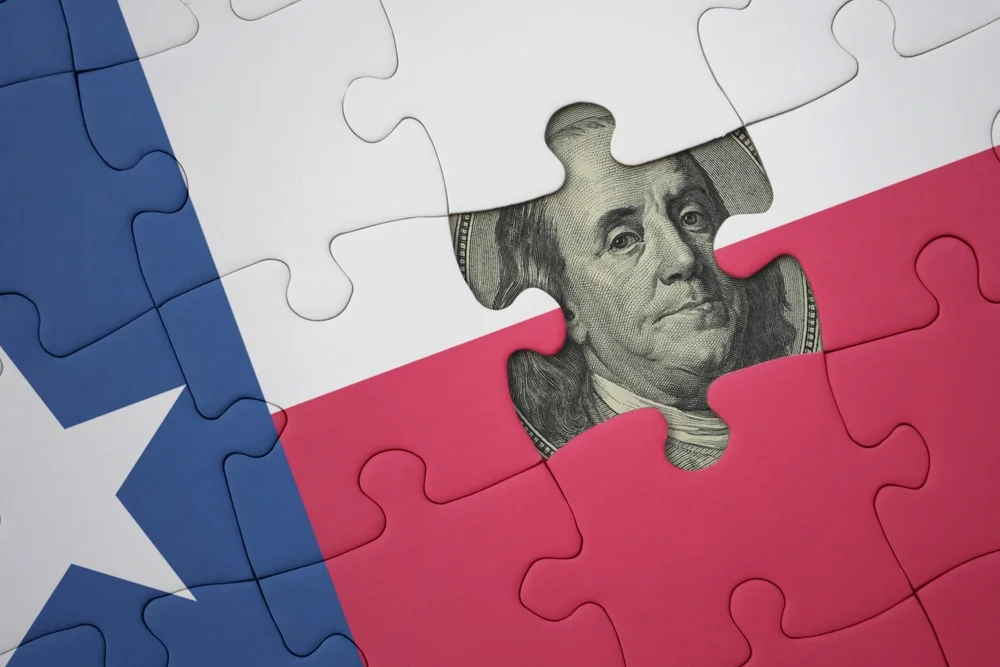
A Most Favored National Policy for Pharma Drugs Makes Sense
"Most favored nation" pricing can help make America's pharmaceutical marketplace more competitive.
It is not surprising that President Trump issued a May 12, 2025 executive order, “Delivering Most-Favored-Nation Prescription Drug Pricing to American Patients," which represents the administration’s efforts to lower prescription drug prices. This action uses what is known as “most favored nation” pricing to link the price of selected U.S. pharmaceutical drugs in America to countries where the same drugs are sold for less. The order extends beyond Medicare Part B drugs and will likely target lucrative expensive medications like GLP-1 drugs (known for weight management et al). Also targeted will be the ability of Big Pharma to set its own prices.
It is sensible both economically and politically.
As an economist, I believe that the marketplace is the best way to solve most pricing problems. Unfortunately, America’s pharmaceutical industry, and medical care in general, are not competitive marketplaces. Regulations, industry consolidation, and third-party insurance all lead to extraordinarily high prices for medications. Expensive to begin with, the cost of drug development has increased by a factor of 5 when accounting for costs of capital and failures. From 2008 to 2019, the ratio of R&D spending to total sales increased from 11.9% to 17.7%. Once launched though, the marginal cost of manufacturing most drugs is extraordinarily low. In many cases a single capsule costs only pennies to make. In a truly competitive market, where marginal revenue and marginal cost equate in the long run, many medicines would be extraordinarily inexpensive.
Economic Dynamism

The Causal Effect of News on Inflation Expectations
This paper studies the response of household inflation expectations to television news coverage of inflation.
.avif)
The Rise of Inflation Targeting
This paper discusses the interactions between politics and economic ideas leading to the adoption of inflation targeting in the United States.

Why Can't the Middle Class Invest Like Mitt Romney?
Why can’t middle-income Americans pay effectively no taxes on investments like the wealthy do?

The Revenge of the Supply-Siders
Trump would do well to heed his supply-side advisers again and avoid the populist Keynesian shortcuts of stimulus checks or easy money.




.jpg)




.jpg)







